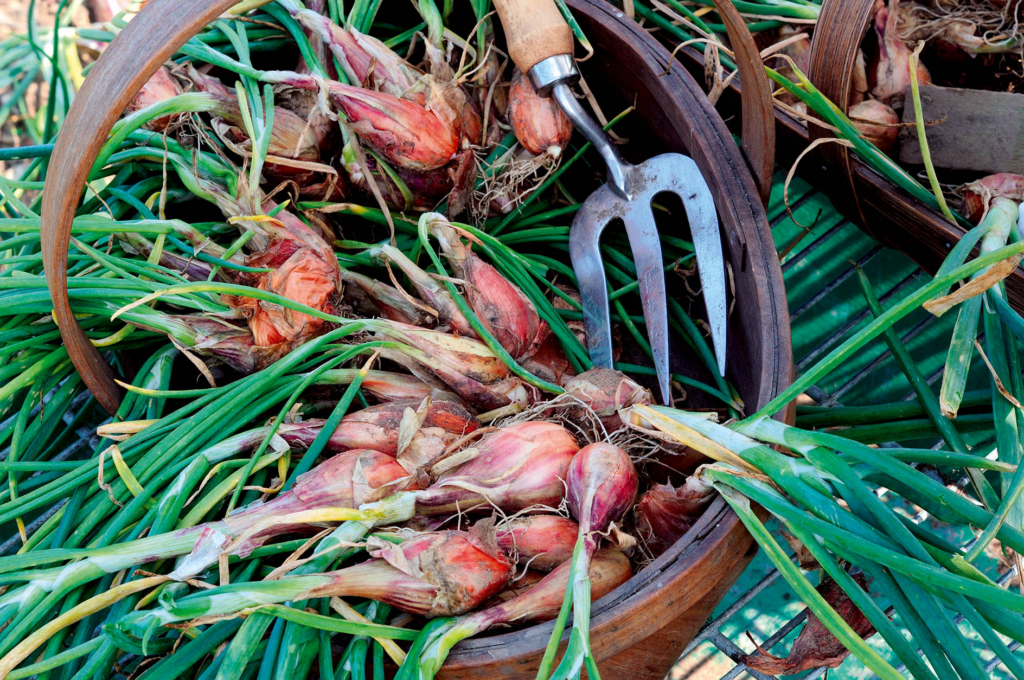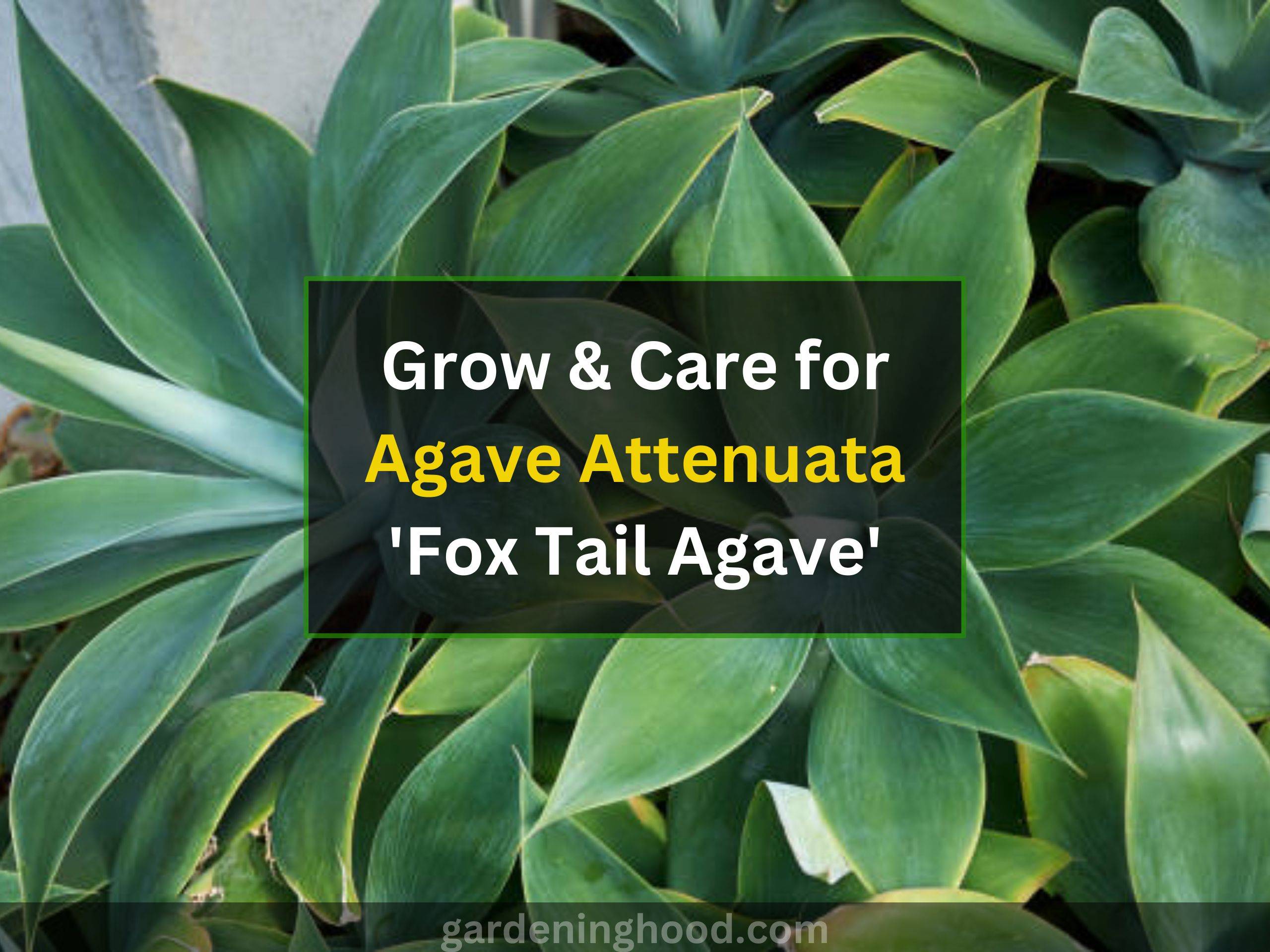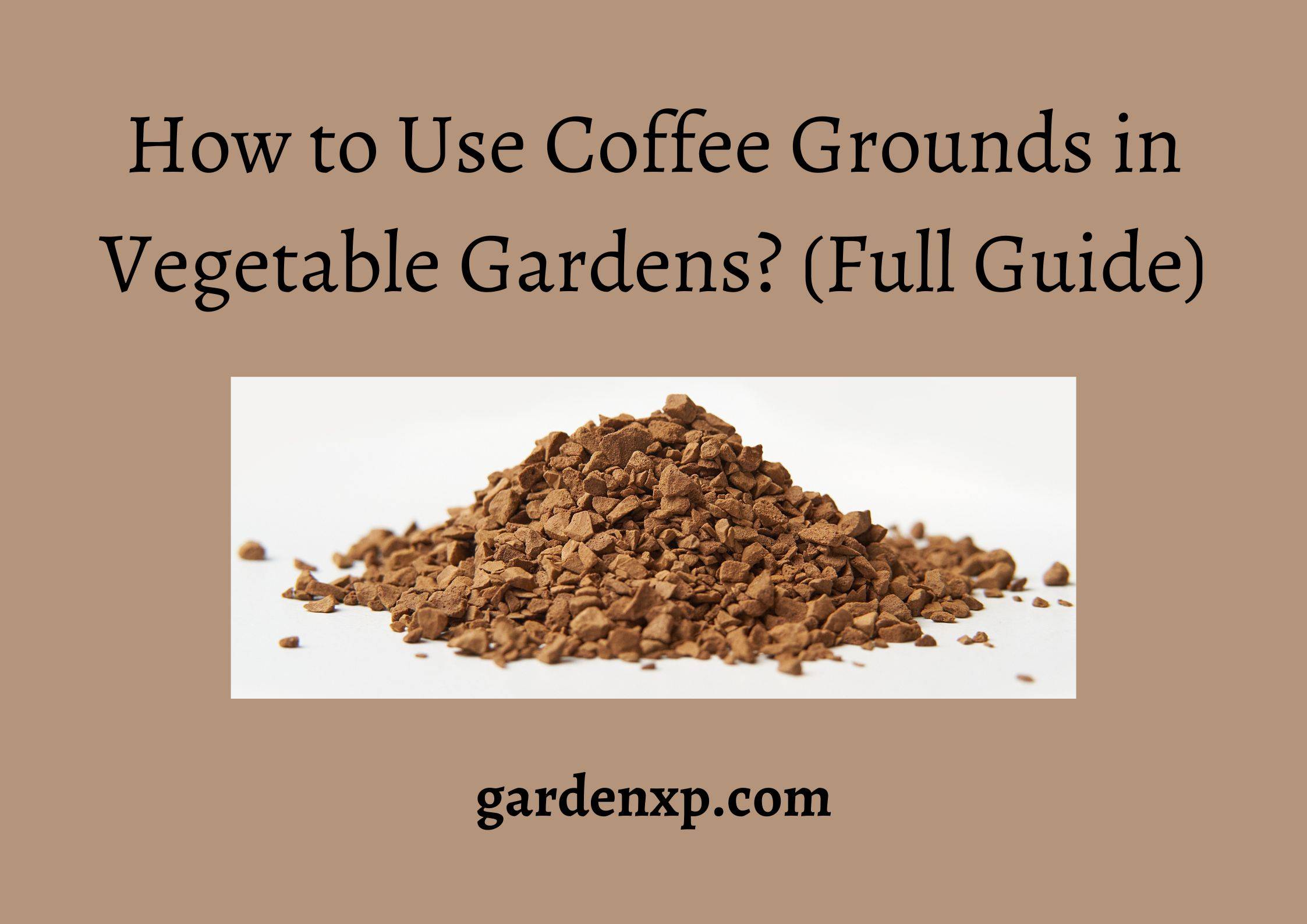How to Grow Shallots in Your Garden (Caring Tips)
Hey folks!! Welcome back!!
I hope you are doing appreciable in your gardening field. Are you looking to grow shallots in your garden? Shallots are one of those types of small onions that can be grown easily in your home garden. They tend to multiply themselves in the garden like garlic does. But they are smaller than those of the garlic bulbs. They have easily grown crops and will provide a mild flavor of onion.
You can grow shallots in your garden with the help of Bulbs or even Seeds at the time of autumn or spring and will be ready to harvest at the time of early summer. Growing them with the seeds will take more time compared to growing them with bulbs called sets.
So, the right time has come to make you aware of the process of growing shallots in the home harden easily. So, stay connected with the guide till the end.
| Quick information | |
| Common name | Shallot, French shallot, gray shallot, Dutch shallot |
| Sunlight | Full Sunlight |
| Soil used | Loamy, well-drained |
| Plant type | Biennial, bulb |
| Family | Amaryllidaceae |
| Size | 1–2 ft. tall, 6–12 in. wide |
| Bloom time | Spring |
About shallots
Shallots are an aromatic plant that belongs to the Amaryllis family. They are grown for their edible bulbs. They are one of the perennial plants and are grown as annuals. Its leaves are short, hollow, and cylindrical whereas its blooms are purplish or reddish.

They just look like the baby onions in its oval-shaped texture. It is the cousin of the onion but will have a sweeter taste than that of the onion. Even its price is higher than the onions. But growing them will benefit you.
How to Grow Shallots in Your Garden?
Growing shallots in your garden is not a difficult task, all you need is the proper guidance and your little efforts. So, as mentioned it can be grown via Seeds or even Bulbs called Sets. So, let’s throw some light on both the segments:
Through seeds
- Choose a shallow tray and put seed starting mix in it.
- Then you have to sow seeds in it about ¼ deep so that they emerge well in the soil,
- Choose a location with bright sunlight and place the tray there.
- You will observe the germination after one week.
- Make sure you are not keeping the soil dry for long. You have to harden the seedlings when you begin to plant them.
- When the frost is over, then is the right time to plant the seedlings in the garden about 4-6 inches apart from each other.
Through bulbs
- At the time of harvesting, you have to save the healthy bulbs for replanting them next time.
- Divide the bulbs by providing them with a paper layer on each part.
- Then you have to store them in a cool area where they can feel comfortable.
- Now, at the time of planting them, you have to choose a sunny place for them to grow.
- So, make a hole in the soil about an inch like the size of the bulb.
- Then by mixing compost in the soil, you have to plant the bulb with the points end above the top of the soil.
- Now, you have to make sure to water it frequently so that the soil remains moist.
- You will observe the green shoots within 6-7 days or a week.
How to Plant Shallots in Your Garden?
Planting shallots in your garden is easy to do. So, below are the points that you should follow to grow shallots in your garden:

- Plant the shallots at the time of early spring or even autumn.
- When you plant them at the time of autumn, then you will the crops faster and more bushier.
- They like to grow in the full sun and good fertile soil and compost.
- Provide space between the shallots so that you can grow multiple bulbs by keeping them 15 to 20 cm away from each other.
- Last but not least, you have to cover it with the fence or make use of bird netting so that the birds do not harm your plants by pulling the bulbs.
How to Grow Shallots in Pots?
It is easy to grow shallots in pots with the help of the points explained below:
- You have to move the container or pot to provide it with sufficient sunlight for its growth.
- Choosing a pot that is 6 inches in diameter would be great for the plant.
- Provide them with space about 6 inches apart from each other like the way you plant in the garden area.
- Choosing a container with a good amount of drainage holes and an unglazed clay pot would be great for your plant.
- Water the plant when the top inches of the soil are dry. Water is at the base of the soil until the water comes out from the drainage holes.
- Make use of a balanced fertilizer for your plant with an NPK ratio of 10-10-10.
How to Care for Shallots in Your Home Garden?
As mentioned, you will be shown some of the best caring tips for your shallots to grow well in your garden. They are as follows:
Sunlight needs
- One of the basic requirements of the shallots just like other plants is the sunlight.
- They require a good amount of full sunlight to grow well.
- Providing them with 6 hours of direct sunlight in a day will suit their growth.
- Also, you can provide them with some shade but not much.
Soil needs
- Shallots will grow well in the well-drained soil just like other plants.
- Also, mixing organic matter like compost into the soil will enhance the growth of the plant.
- The ideal pH level of soil for this is 5.5-7.0 which is slightly acidic to neutral.
Watering needs
- When the shallots are growing in their season, then you can feed them with water regularly.
- When the soil is dry, then you have to water the plant.
- Keep the soil moist but do not make the soil soggy by siting water as it causes root rot in the plant.
- They require water of about 1 inch a week to grow well.

Temperature and Humidity needs
- Before the shallots begin to grow, they need a cool period of about 1 month, and the ideal temperature range at that period is 32-50 degrees Fahrenheit.
- The ideal temperature range of this plant is 35-90 degrees Fahrenheit.
- These plants are not prone to humidity, so feed them with accurate water and soil so that they grow well.
Fertilizer needs
- What about the fertilizer needs of the shallots? Guys, they do not like to be fertilized, keep this point in your mind.
- So, you can mix the soil with the organic matter as compost at the time of spring.
- Compost will help the plant gain nutrients and improve its drainage so that it grows healthy.
Harvesting Shallots in your garden
Harvesting shallots is not a tricky part, you have to harvest them at the time of summer when the top of the leaves withers and bulbs tend to develop paper skin on it. Then you have to pull the shallots gently. Drain off the excess soil from the roots.
Now, you have to store them in a cool place for 7 days. When there is no precipitation, then you can harvest them in the garden area. Provide them with partial sunlight and then remove the root ends which can be stored for future use.
After you observe its leafy top growth, you can harvest them about a month after planting them. So, growing shallots in your garden is a great idea and will add a great touch to your dishes at home.
Wrapping up the context
In this guide, you come to know that Shallots are one of those types of small onions that can be grown easily in your home garden. They tend to multiply themselves in the garden like garlic does. But they are smaller than those of the garlic bulbs. They have easily grown crops and will provide a mild flavor of onion.
You can grow shallots in your garden with the help of Bulbs or even Seeds at the time of autumn or spring and will be ready to harvest at the time of early summer. Growing them with the seeds will take more time compared to growing them with bulbs called sets. Till then safe gardening.
Thanks for reading! Happy Gardening!


